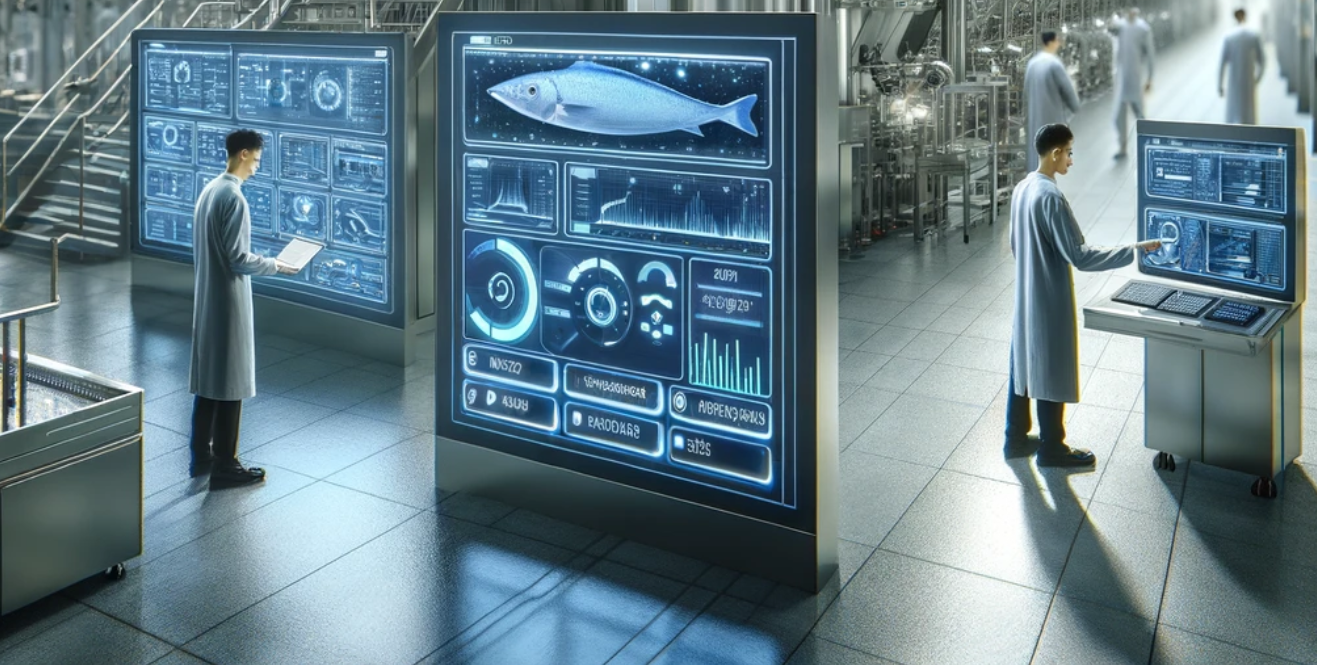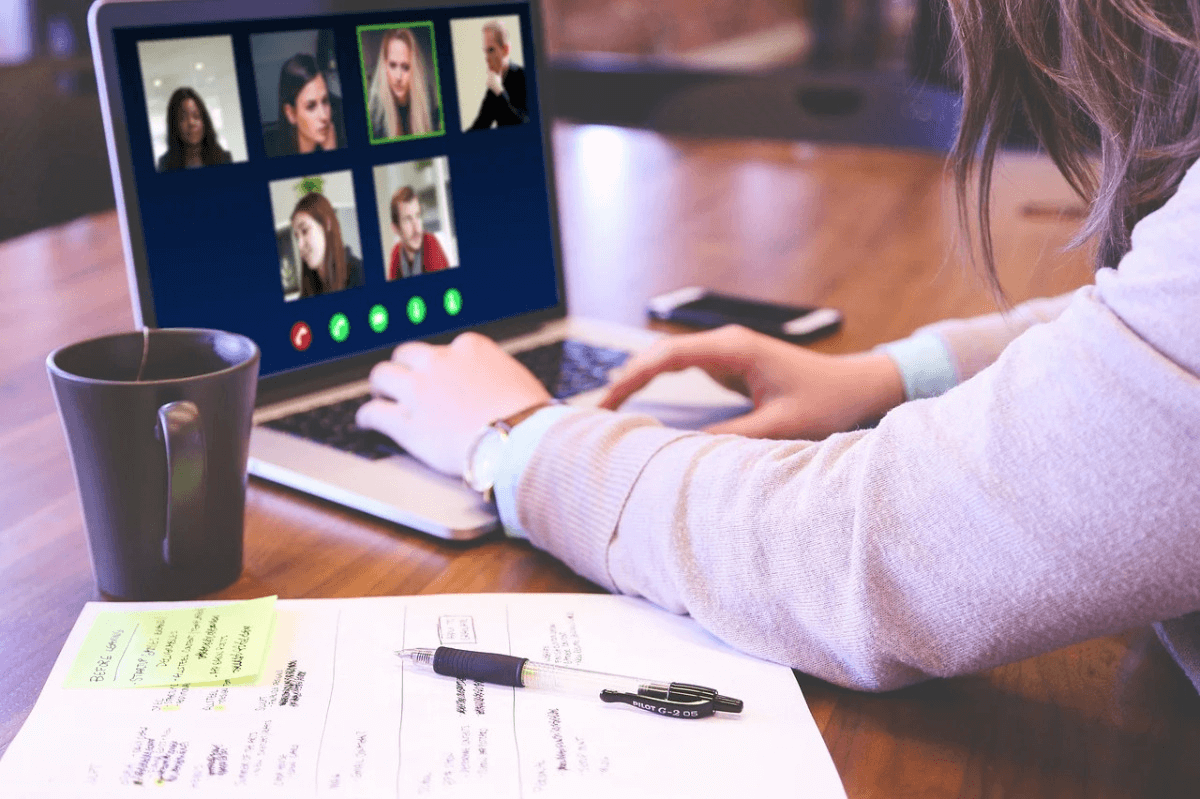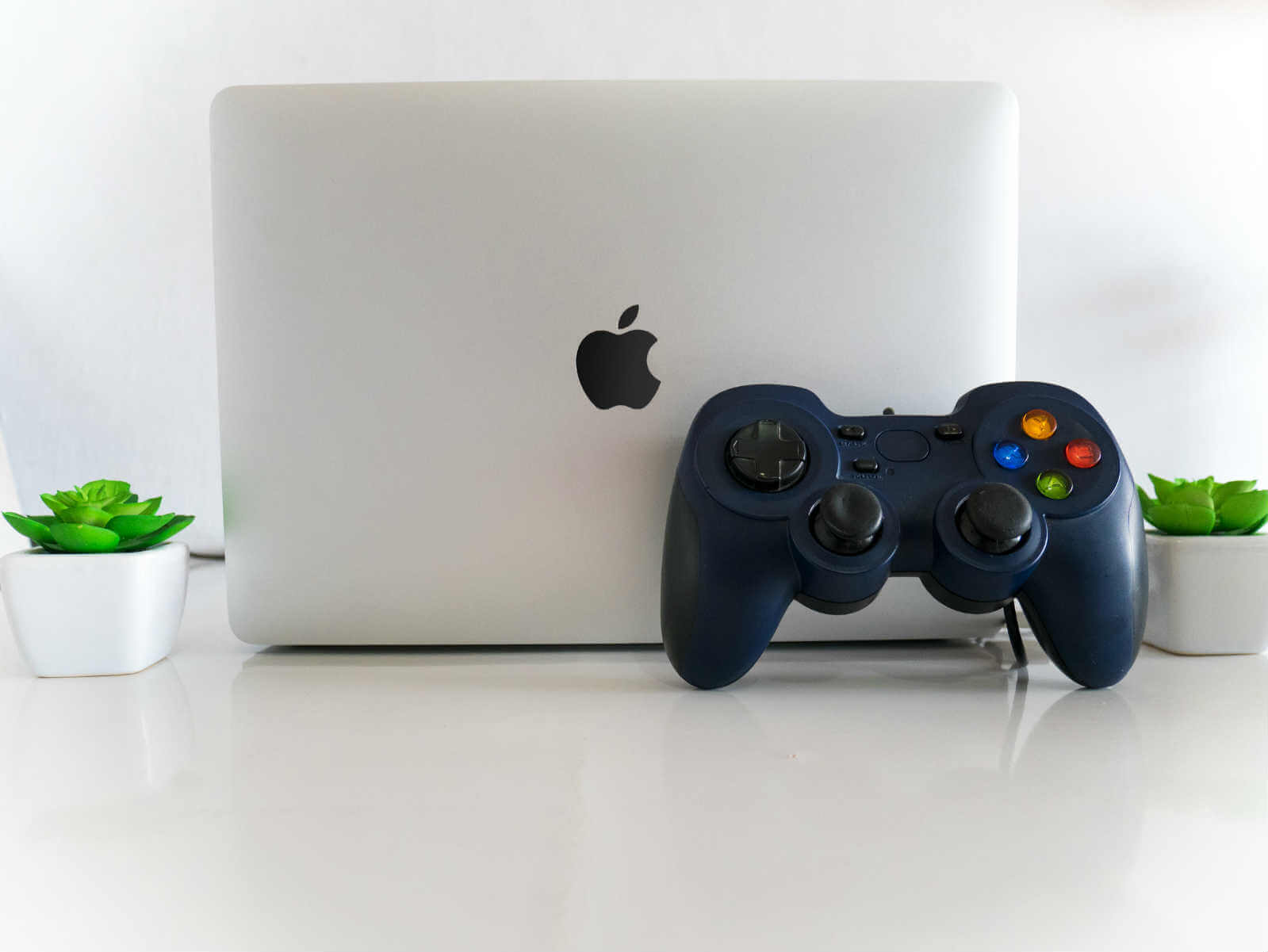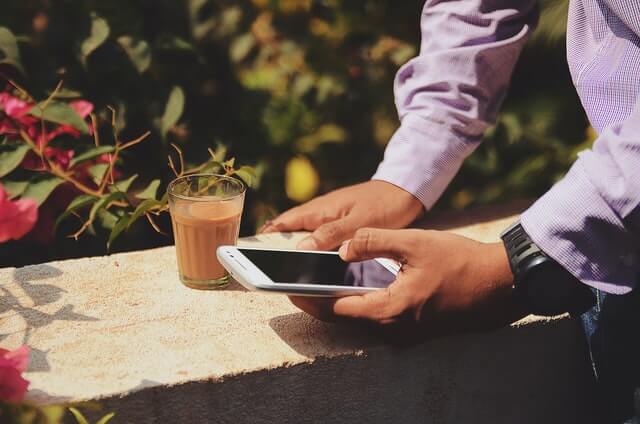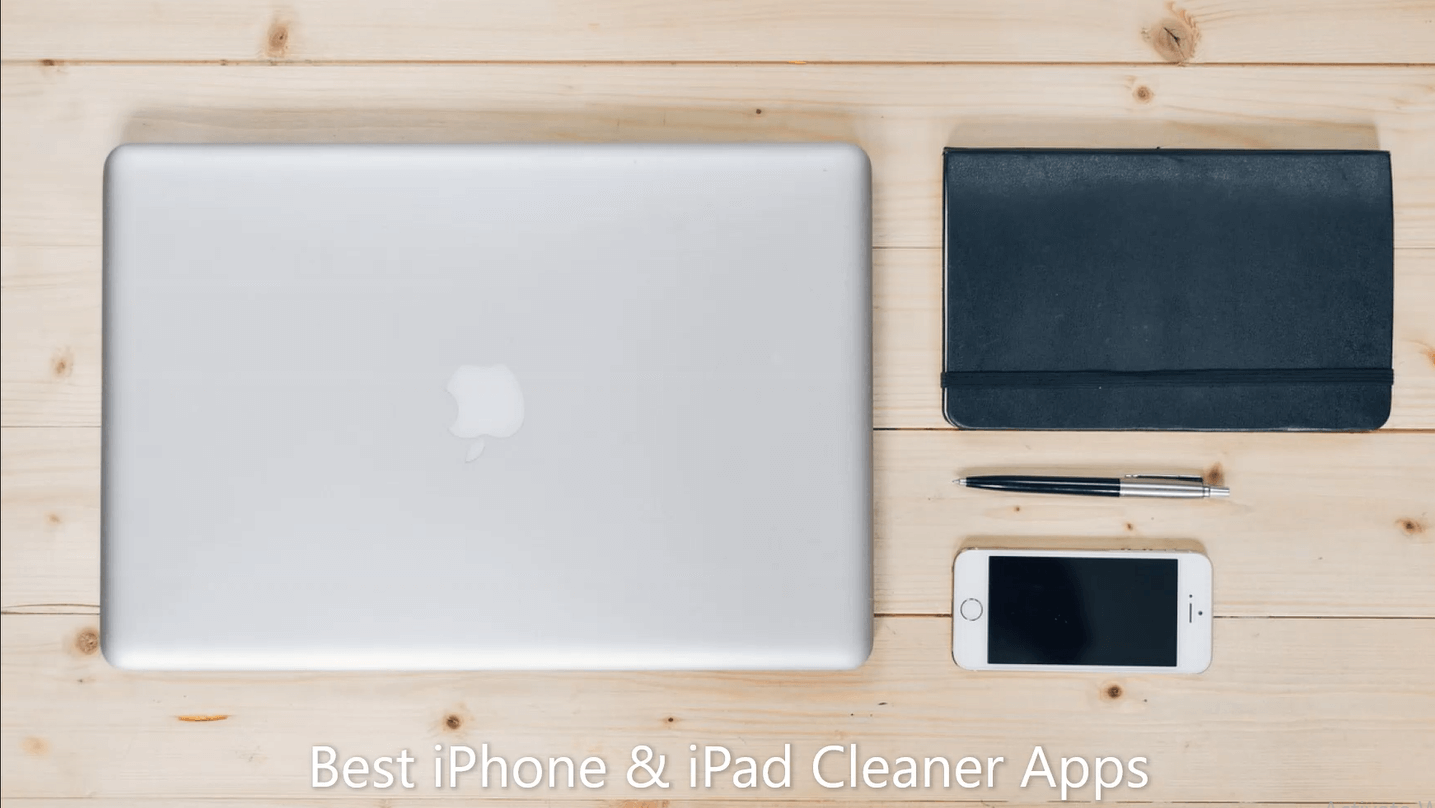How Technology is Changing Premier Fish Processing Machine Manufacturer’s Life?
In the specialized field of fish processing, technology is rapidly advancing, catalyzing profound changes in how manufacturers operate. The integration of automation and robotics is just the start; a suite of innovative solutions from 3D imaging for quality control to advanced analytics is transforming production lines, making them more efficient and responsive to global demands.
Manufacturers are embracing these technological innovations, which enable not only faster processing but also more precise handling of seafood, ensuring that the final product meets stringent safety and quality standards. This tech-driven approach allows for the meticulous tracking of seafood from catch to customer, improving supply chain transparency and consumer trust.
The machinery used in fish processing is becoming increasingly sophisticated. Modern machines are equipped with sensors that provide real-time data, enabling operators to make immediate adjustments for optimal performance. This shift towards data-driven manufacturing is reducing waste, increasing yield, and delivering a level of consistency that manual processes could never achieve.
Simultaneously, sustainability has become a priority, with machine manufacturers focusing on reducing the environmental impact of fish processing. Energy-efficient machines and waste reduction systems are now standard, reflecting the industry’s commitment to environmental stewardship. Moreover, the use of by-products is becoming more efficient, with technology enabling manufacturers to turn waste into valuable secondary products.
The influx of these technologies also necessitates a new approach to workforce management. Manufacturers are now tasked with upskilling their employees, providing training in complex machine operation, data analysis, and technical troubleshooting. This upskilling is not a one-time event but an ongoing process, ensuring that the workforce can adapt to continual technological advancements.
This detailed exploration will delve into how these technological innovations are implemented in the manufacturing process, their impact on operational efficiency and product quality, and the ways they are shaping the future of the fish processing industry.
Automation: The Heartbeat of Modern Fish Processing
The introduction of automation into fish processing has been a game-changer for manufacturers. By incorporating robotics and programmable machinery, these companies have been able to significantly enhance their production lines. For instance, robotic arms equipped with sensors can now perform complex tasks such as sorting, cutting, and packaging with remarkable speed and precision.
These tasks, which once required the delicate touch and judgment of human hands, are now executed with a consistency and efficiency that drastically reduce waste and downtime.
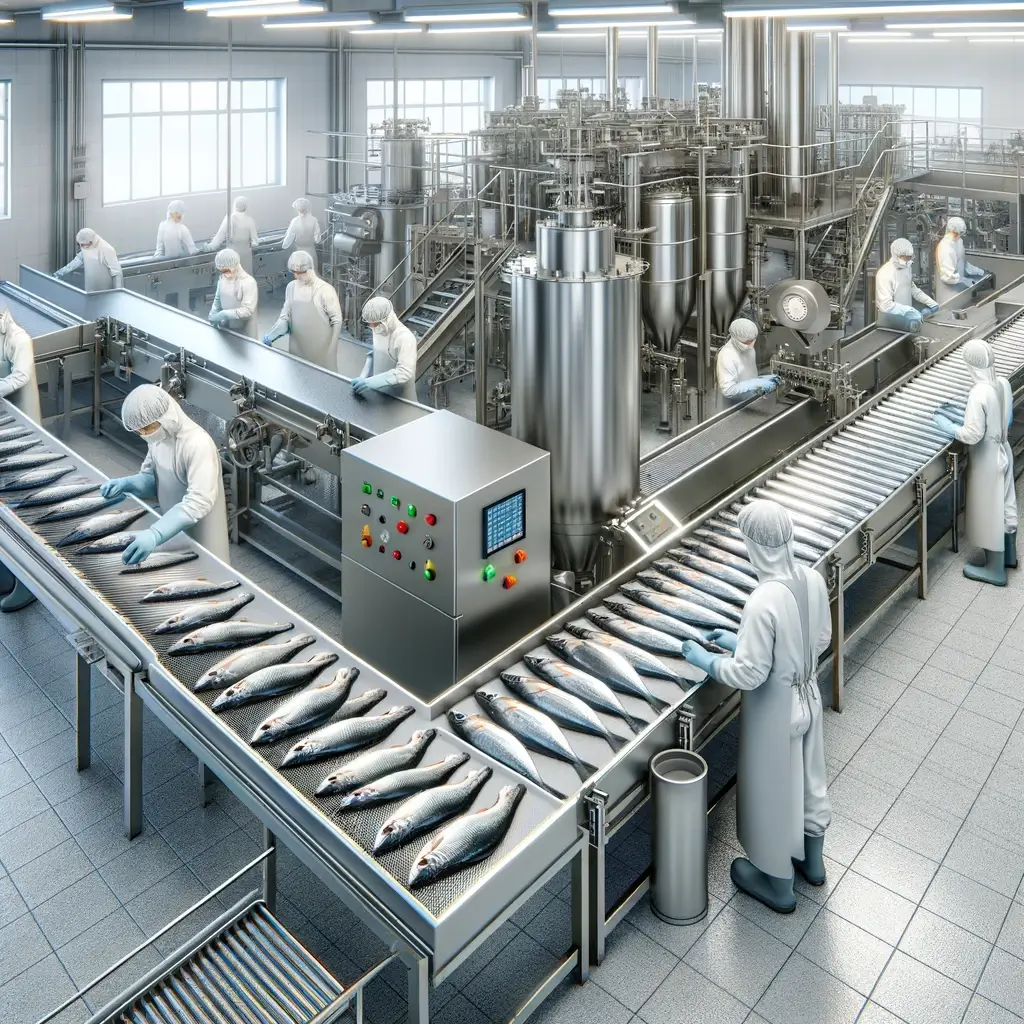
Conveyor systems equipped with artificial intelligence algorithms can sort fish by size and species faster than the human eye, adjusting machinery parameters for filleting and processing in real time. This not only optimizes the yield from each catch but also minimizes the need for manual re-sorting and inspection, streamlining the entire operation.
Moreover, automation has extended to monitoring the health of the machinery itself. Predictive maintenance powered by machine learning can anticipate equipment failures before they occur, scheduling repairs at the most opportune times to avoid production interruptions. This proactive approach to maintenance is saving manufacturers considerable time and resources, ensuring that production lines run smoothly and without unexpected delays.
Advanced Sensing and Imaging: The Eyes of the Operation
The role of advanced sensing and imaging technologies in fish processing cannot be overstated. These systems use sophisticated algorithms to analyze the quality of fish passing through the production line, identifying defects that would be imperceptible to the human eye. For example, hyperspectral imaging can detect subtle differences in the coloration and texture of fish flesh, indicative of factors such as freshness and fat content.
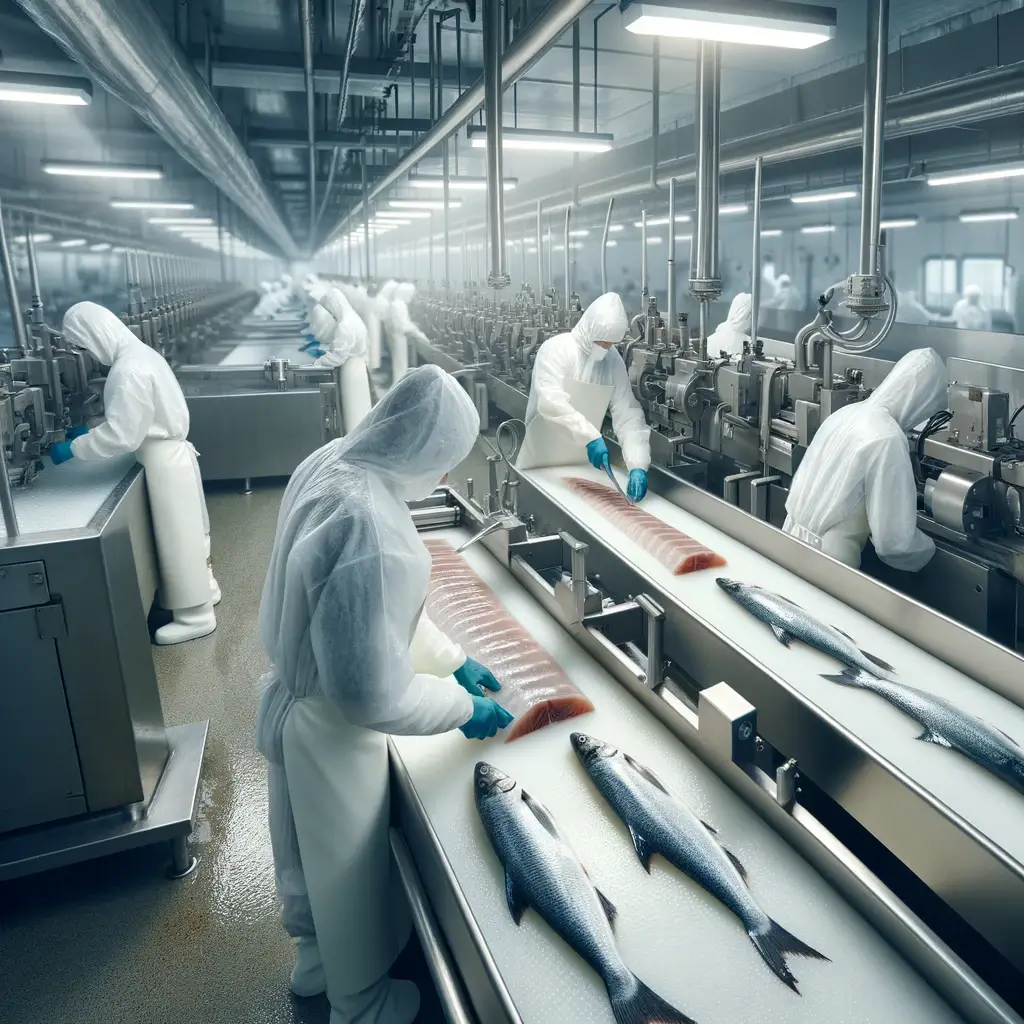
This level of detail extends to X-ray imaging systems, which are used to locate bones with precision, allowing for their removal without compromising the integrity of the fillet. These advanced imaging systems ensure that the final product meets the stringent quality standards required by retailers and consumers alike.
Sustainability and Resource Management: A Technological Approach
Sustainability in fish processing is not just about reducing the environmental impact but also about enhancing economic efficiency. Modern processing machines are designed to be energy efficient, often using less electricity and water than their predecessors. This is not only good for the planet but also reduces operational costs for manufacturers.
Additionally, technology has made it possible to utilize nearly 100% of the fish. Skin, bones, and offcuts are processed into fish meal, pet food, and other products, ensuring that no part of the fish goes to waste. Water recycling systems and waste treatment technologies also contribute to a more sustainable operation, reducing the volume of waste and the cost of disposal.
Data Analytics and Machine Learning: Smart Processing
Data analytics and machine learning have brought a level of sophistication to fish processing that was previously unachievable. These technologies can analyze vast amounts of data from the processing line to optimize machine settings for different fish species and sizes. The result is a more uniform product and a more efficient use of the raw material.
Machine learning algorithms also assist in forecasting. By analyzing market trends and historical data, they can predict future demands for certain fish products, allowing manufacturers to adjust their production schedules accordingly. This predictive power helps to balance supply with demand, reducing the risk of overproduction and waste.
The Human Factor: Upskilling the Workforce
Technological advancements have shifted the landscape of the fish processing industry, compelling a significant transformation of the workforce. The automation of tasks previously performed manually has led to an increased demand for technical acumen among employees. They are now required to master sophisticated software and machinery, transcending their traditional roles.
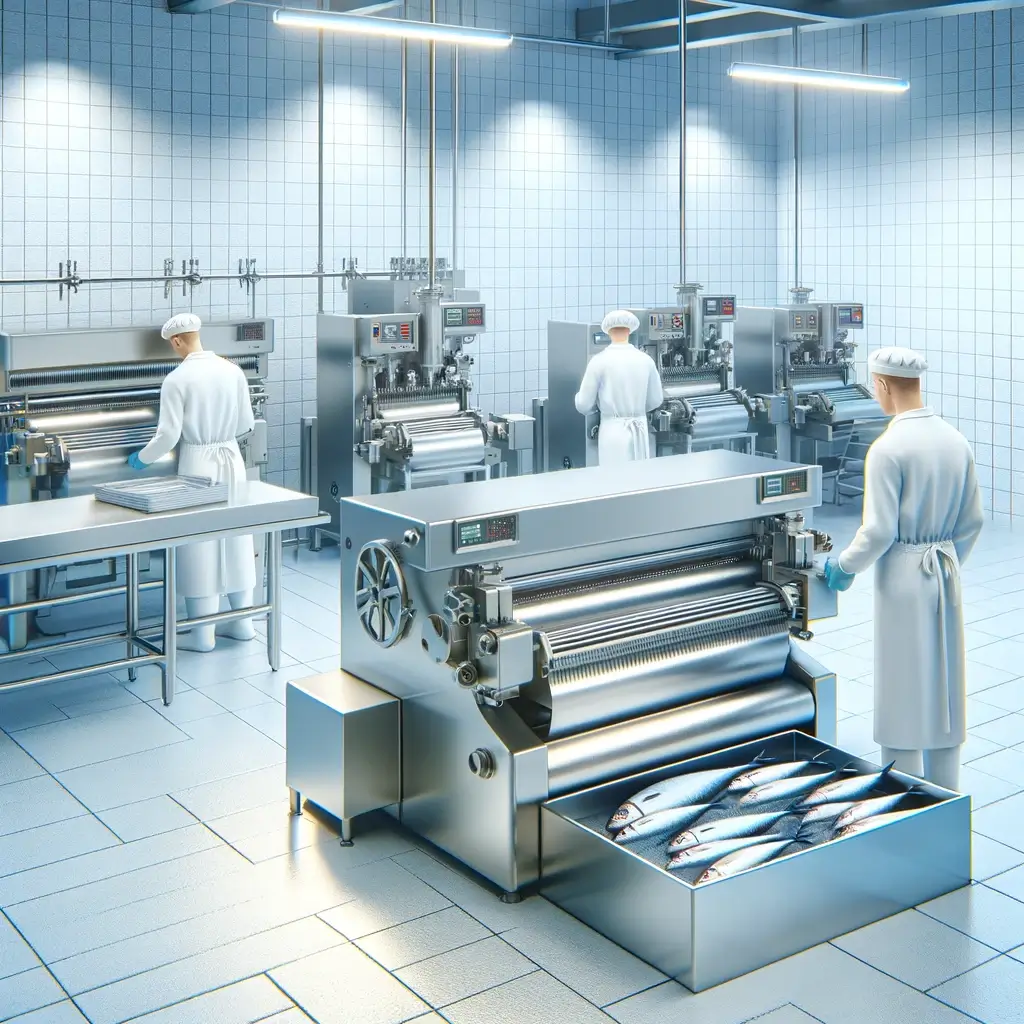
Educational partnerships have become instrumental in this transition, spawning training programs that cater to the complexities of modern fish processing technology. These programs aim to arm the workforce with skills in operational management, troubleshooting, and routine maintenance, ensuring they can adeptly handle the technology that drives the industry.
Safety practices and protocols have also been updated to align with the new technology. Workers receive comprehensive training in safety measures specific to the high-tech equipment they operate, fostering a secure and efficient working environment.
As the technology continues to evolve, so does the need for continuous skill development. Manufacturers have embraced this by instituting ongoing learning opportunities, ensuring their workforce remains adept and agile. This investment in human capital is not just an investment in current operations, but a foundational step towards future industry innovations.
Technological Advancements in Seafood Preservation and Shelf-Life Extension
Recent advancements in preservation technologies are redefining the longevity and freshness of seafood. Vacuum packaging, modified atmosphere packaging (MAP), and sophisticated freezing techniques are extending shelf life significantly. Innovations like High Pressure Processing (HPP) inactivate pathogens and spoilage organisms without altering the sensory attributes of seafood. Such technologies not only maintain the quality of seafood but also reduce the reliance on preservatives, catering to the consumer’s desire for natural products.
The integration of smart packaging with time-temperature indicators allows for real-time monitoring of product conditions, ensuring that any deviations from optimal storage conditions are immediately apparent. These advancements are crucial in minimizing food waste and enhancing the distribution of seafood to more extensive markets, ensuring that even remote consumers receive products that are as fresh as the day they were caught.
Innovative Water Use and Recycling Systems in Fish Processing
Water management in fish processing is undergoing a transformation with the introduction of innovative recycling and treatment systems. These systems are designed to reduce water consumption dramatically while ensuring that the water used in processing meets the highest standards of cleanliness. Advanced filtration and disinfection systems, such as reverse osmosis and UV treatment, allow for the reuse of water, reducing the environmental impact and operational costs.
Furthermore, the adoption of closed-loop water systems within processing plants is becoming more prevalent. These systems recover, treat, and recirculate water back into the production cycle, a significant step towards sustainable production. By implementing these advanced water use strategies, fish processing plants are not only conserving one of the planet’s most precious resources but also setting a new benchmark for sustainability in the industry.
Machine Learning for Predictive Analytics in Demand Forecasting
Machine learning is revolutionizing demand forecasting in the fish processing industry. Predictive analytics models process vast arrays of historical sales data, market trends, and consumer behavior patterns to forecast future demand accurately. This level of precision allows processors to adjust their operations proactively, from raw material procurement to production scheduling.
The use of these predictive models also helps in managing inventory more effectively, reducing overproduction and minimizing waste. As machine learning algorithms become more sophisticated, they can also account for seasonal variations, market disruptions, and even predict the impact of marketing campaigns, enabling processors to stay ahead in a competitive market.
Automation in Fish Sorting and Quality Assessment
Automation technology has significantly improved the efficiency and accuracy of fish sorting and quality assessment. Sophisticated sorting machines now incorporate vision systems, X-rays, and weight sensors to sort fish by size, species, and quality at speeds and volumes that manual sorting cannot match. This automation ensures uniformity in product quality and enhances the overall efficiency of the processing line.
Quality assessment has also benefited from technological advances. Imaging technologies coupled with AI can detect imperfections and quality issues that are imperceptible to the human eye. This level of detailed inspection ensures that only the best quality products make it to the market, satisfying consumer expectations and regulatory requirements.
The Impact of Global Standards on Equipment Manufacturing
Global standards for equipment manufacturing are setting the bar high for the fish processing industry. These standards ensure that equipment is safe, reliable, and efficient, and complies with international health and safety regulations. As manufacturers aim to meet these standards, there is a drive towards higher quality materials, better design, and innovation in machine functionality.
Compliance with these standards also facilitates access to international markets, as equipment that meets recognized standards is more readily accepted worldwide. This global perspective encourages manufacturers to continuously improve their products, integrating the latest technologies and best practices to meet the evolving demands of the fish processing industry.
Popular Post
Recent Post
How to Troubleshoot Xbox Game Bar Windows 10: 8 Solutions
Learn how to troubleshoot and fix issues with the Xbox Game Bar not working on Windows 10. This comprehensive guide provides 8 proven solutions to resolve common problems.
How To Record A Game Clip On Your PC With Game Bar Site
Learn how to easily record smooth, high-quality game clips on Windows 11 using the built-in Xbox Game Bar. This comprehensive guide covers enabling, and recording Game Bar on PC.
Top 10 Bass Booster & Equalizer for Android in 2024
Overview If you want to enjoy high-fidelity music play with bass booster and music equalizer, then you should try best Android equalizer & bass booster apps. While a lot of these apps are available online, here we have tested and reviewed 5 best apps you should use. It will help you improve music, audio, and […]
10 Best Video Player for Windows 11/10/8/7 (Free & Paid) in 2024
The advanced video players for Windows are designed to support high quality videos while option to stream content on various sites. These powerful tools support most file formats with support to audio and video files. In this article, we have tested & reviewed some of the best videos player for Windows. 10 Best Videos Player […]
11 Best Call Recording Apps for Android in 2024
Whether you want to record an important business meeting or interview call, you can easily do that using a call recording app. Android users have multiple great options too. Due to Android’s better connectivity with third-party resources, it is easy to record and manage call recordings on an Android device. However it is always good […]
10 Best iPhone and iPad Cleaner Apps of 2024
Agree or not, our iPhones and iPads have seamlessly integrated into our lives as essential companions, safeguarding our precious memories, sensitive information, and crucial apps. However, with constant use, these devices can accumulate a substantial amount of clutter, leading to sluggish performance, dwindling storage space, and frustration. Fortunately, the app ecosystem has responded with a […]
10 Free Best Barcode Scanner for Android in 2024
In our digital world, scanning barcodes and QR codes has become second nature. Whether you’re tracking packages, accessing information, or making payments, these little codes have made our lives incredibly convenient. But with so many barcode scanner apps out there for Android, choosing the right one can be overwhelming. That’s where this guide comes in! […]
11 Best Duplicate Contacts Remover Apps for iPhone in 2024
Your search for the best duplicate contacts remover apps for iPhone ends here. Let’s review some advanced free and premium apps you should try in 2024.
How To Unsubscribe From Emails On Gmail In Bulk – Mass Unsubscribe Gmail
Need to clean up your cluttered Gmail inbox? This guide covers how to mass unsubscribe from emails in Gmail using simple built-in tools. Learn the best practices today!
7 Best Free Methods to Recover Data in Windows
Lost your data on Windows PC? Here are the 5 best methods to recover your data on a Windows Computer.
